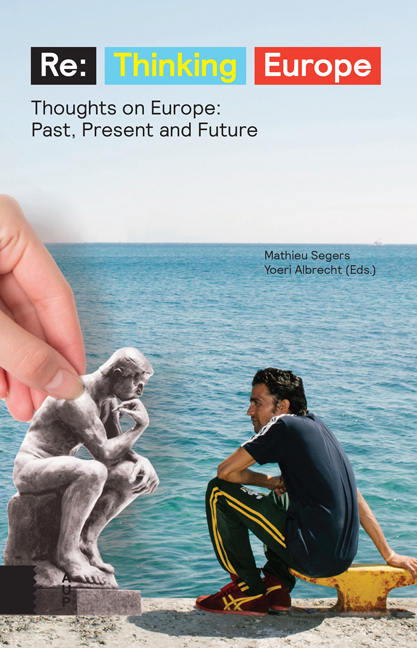The Tragedy of Central Europe
Published online by Cambridge University Press: 07 January 2021
Summary
1984
1.
In November 1956, the director of the Hungarian News Agency, shortly before his office was flattened by artillery fire, sent a telex to the entire world with a desperate message announcing that the Russian attack against Budapest had begun. The dispatch ended with these words: “We are going to die for Hungary and for Europe.”
What did this sentence mean? It certainly meant that the Russian tanks were endangering Hungary and with it Europe itself. But in what sense was Europe in danger? Were the Russian tanks about to push past the Hungarian borders and into the West? No. The director of the Hungarian News Agency meant that the Russians, in attacking Hungary, were attacking Europe itself. He was ready to die so that Hungary might remain Hungary and European.
Even if the sense of the sentence seems clear, it continues to intrigue us. Actually, in France, in America, one is accustomed to thinking that what was at stake during the invasion was neither Hungary nor Europe but a political regime. One would never have said that Hungary as such had been threatened; still less would one ever understand why a Hungarian, faced with his own death, addressed Europe. When Solzhenitsyn denounces communist oppression, does he invoke Europe as a fundamental value worth dying for?
No. “To die for one's country and for Europe” ‒ that is a phrase that could not be thought in Moscow or Leningrad; it is precisely the phrase that could be thought in Budapest or Warsaw.
In fact, what does Europe mean to a Hungarian, a Czech, a Pole? For a thousand years their nations have belonged to the part of Europe rooted in Roman Christianity. They have participated in every period of its history. For them, the word “Europe” does not represent a phenomenon of geography but a spiritual notion synonymous with the word “West”. The moment Hungary is no longer European ‒ that is, no longer Western ‒ it is driven from its own destiny, beyond its own history: it loses the essence of its identity.
“Geographic Europe” (extending from the Atlantic to the Ural Mountains) was always divided into two halves which evolved separately: one tied to ancient Rome and the Catholic Church, the other anchored in Byzantium and the Orthodox Church.
- Type
- Chapter
- Information
- ReThinking Europe Thoughts on Europe: Past, Present and Future, pp. 191 - 214Publisher: Amsterdam University PressPrint publication year: 2016



